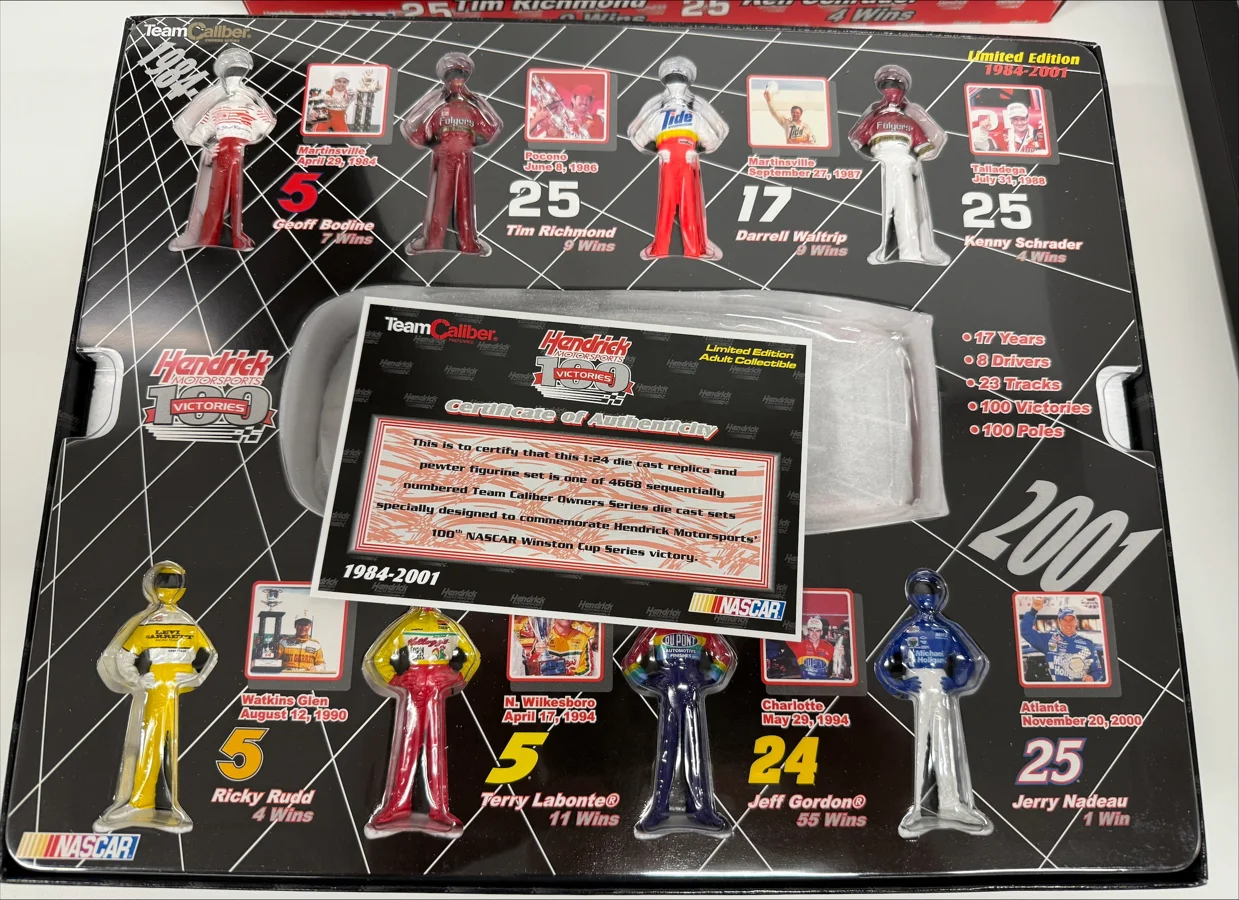The debate around safety equipment in NASCAR intensified at the start of the 2001 season when officials suggested that drivers use the HANS device, a head-and-neck restraint designed to protect racers in severe crashes. The conversation surrounding Jeff Gordon HANS device safety became particularly urgent following the tragic loss of Dale Earnhardt at the Daytona 500, forever changing both driver attitudes and the rules in stock car racing.
Battles Over Adoption and the Tragic Turning Point
In the months leading up to 2001, several well-known drivers objected to NASCAR’s initial proposal to implement the HANS device, which at first was presented as optional. Dale Earnhardt stood out as a prominent skeptic, declaring his unwillingness to participate in what he saw as an unwelcome experiment. Earnhardt’s criticisms echoed despite thorough tests indicating that tethering the helmet to a specialized collar could substantially reduce the violent head motion experienced in crashes.
The narrative took a heartbreaking turn at the Daytona 500 that year. Earnhardt suffered a fatal head and neck injury in a last-lap incident—a scenario that fueled widespread speculation about whether the HANS could have made a difference. While there can never be certainty, many in the NASCAR community believe its use might have prevented his death.

Other drivers shared initial doubts: Mark Martin resisted the HANS for its appearance and bulk, Tony Stewart found it claustrophobic, and Rusty Wallace favored the Hutchens device as an alternative. Even Jeff Gordon considered the device uncomfortable at first. However, two races after Earnhardt’s passing, Gordon decided to wear the HANS for a full race at Las Vegas Motor Speedway and notably took the checkered flag that day. Subsequently, NASCAR enforced a mandate: all drivers needed to use either the HANS or the Hutchens, the latter being eventually phased out for universal HANS adoption.
The Crash That Proved the HANS Device’s Value
By spring 2008, with nearly seven years of experience using the device, Jeff Gordon’s connection with the HANS would become emblematic. During a race at Las Vegas Motor Speedway, Gordon was involved in a harrowing accident when his car collided with Matt Kenseth’s vehicle, resulting in catastrophic damage. The force of the crash was so severe that the radiator detached completely from Gordon’s chassis, yet Matt Kenseth was somehow able to continue racing.
Although visibly shaken, Gordon escaped without critical injury from what many considered a near-duplicate of the tragedy that claimed Earnhardt. The outcome, however, was starkly different: Jeff Gordon credited the HANS device with sparing his life.
“In that Las Vegas wreck, I know for a fact that the HANS Device saved my life that day,”
Jeff Gordon, Driver, said in a 2021 interview with FOX Sports.
He further explained,
“I don’t think my head with just my helmet on it could have survived that without being held back with the HANS.”
—Jeff Gordon, Driver
Gordon described this wreck as one of the most violent in his racing tenure due to the head-on collision with the interior retaining wall. Despite the severity, his only major afflictions were post-crash soreness, stiffness, and some bruising—remarkable considering the circumstances. He essentially walked away, thanks to the HANS device’s protection.
Legacy of the HANS Device in Racing Safety
The battered HANS device from Gordon’s 2008 crash now holds a place of honor at the Smithsonian National Museum of American History in Washington, D.C., serving as a tangible reminder of the pivotal shift in motorsports safety. NASCAR’s decision to require the HANS, especially after initial resistance by key figures like Gordon, Mark Martin, Tony Stewart, Dale Earnhardt, and Rusty Wallace, demonstrates the evolution in attitudes towards race-day risks and the acceptance of life-saving technology.
The significance of the Jeff Gordon HANS device safety case lies in its role as a turning point. Its adoption not only helped save Gordon’s life but also altered the developmental trajectory of NASCAR and other motorsports by establishing a new standard for driver protection. As more racing organizations recognized the value of this innovation, the HANS device became synonymous with the broader movement to safeguard competitors—a lasting testament to lessons learned in the wake of tragedy and perseverance through ongoing challenges in the world of high-speed racing.
